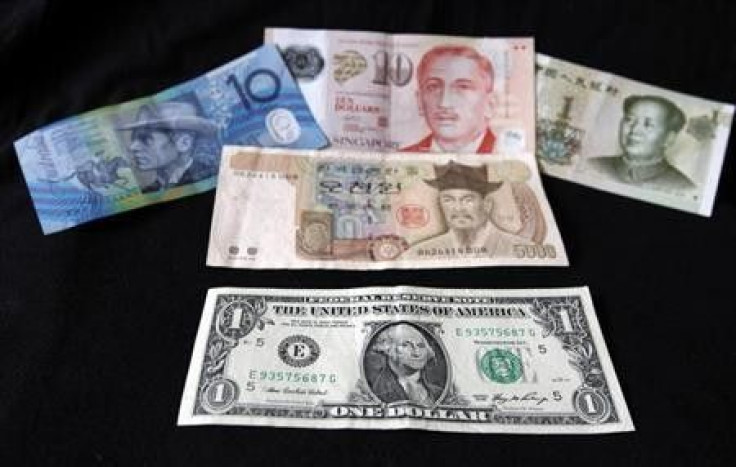Australian Dollar Outlook – December 9, 2014

Bell FX Currency Outlook: More pressure for the Australian Dollar as China, Australia's largest trade partner, showed a surprise fall in imports, pushing the trade surplus to a record USD 54.47 billion and oil prices continued to slide.
Australia: The AUD has continued to depreciate, likely providing support to the non-mining parts of the economy, but this impact is likely to be mitigated by lower commodity prices, a deterioration in the federal government's budget position and the Senate hindering the government's agenda. AUD and NZD sank lower on a poor set of Chinese trade numbers. While the headline trade balance appeared positive, the details were weak. Both exports and imports seriously undershot expectations, causing NZD to crack below important technical support at 0.7660. Both currencies have recovered some of their poise overnight, but were at one point down 1.0% and 0.8% respectively. Australian ANZ job advertisements rose a further 0.7% m/m in November to record their sixth consecutive monthly rise (in seasonally adjusted terms). Job ads have now trended higher for 13 months and are up 8.9% over the year to November. A number of similarly forward-looking indicators suggest labour market conditions have improved, or at least stabilised, at a time when the underlying trend from the official labour market statistics is hard to garner.
Majors: The Euro fell to its lowest level in more than two years following comments from ECB Governing Council member Nowotny said the currency union is undergoing "massive weakening" and warned the region may move closer to deflation if inflation falls further in the first quarter of 2015. German industrial production growth was weaker than expected in November, rising 0.2% m/m. Growth in October was also revised lower to 1.1% m/m. This was a disappointing result given the better IFO business sentiment and factory orders reads in the month. Weakness stemmed from a relatively large fall in energy production in November (-1.1% m/m), while construction output rose a solid 1.4% m/m. The JPY 0.8% stronger against the USD to 120.50. Japanese data continues to disappoint, the second reading of Q3 GDP showed that growth fell by 0.5% q/q. This was worse than the -0.4% initially reported.
ECONOMIC CALENDAR
09 DEC NZ Fonterra 2014/15 Payout Forecast due Tuesday-Thursday
AU Independent Review of ABS Labour Force released
AU NAB Business Confidence/Conditions Nov
GE Trade Balance Oct
[Kick off your trading day with our newsletter]
More from IBT Markets:
Follow us on Facebook
Follow us on Twitter
Subscribe to get this delivered to your inbox daily






